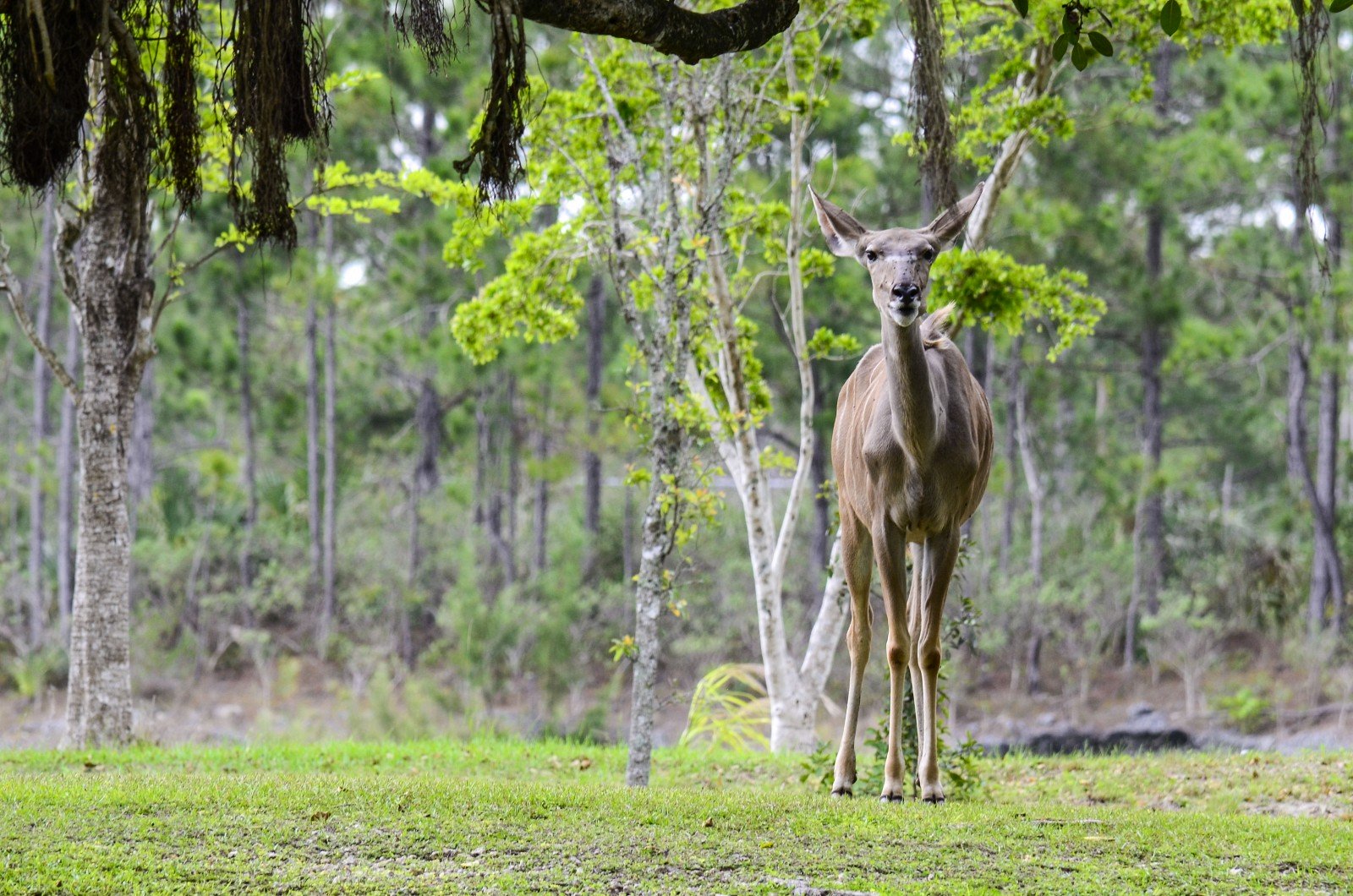Discover the Graceful Antelopes of Miami Zoo: From Elands to Impalas and Sables

Antelopes are a group of fast and graceful herbivores that are found in various habitats across the world. In Miami Zoo, visitors can observe a variety of antelope species and learn about their unique adaptations that help them survive in the wild.
One of the antelope species that can be found in Miami Zoo is the common eland (Taurotragus oryx). These large antelopes are native to the savannas and grasslands of eastern and southern Africa. Adult elands can weigh up to 2,000 pounds and stand over six feet tall at the shoulder. They have a distinctive tan coat with vertical white stripes on their torso and a dewlap of loose skin under their neck.
Elands are well adapted to living in hot, arid environments. They have large, curved horns that they use for defense and foraging for food. Elands can survive for long periods without water and are able to digest tough, fibrous plants that other herbivores cannot.
Another antelope species in Miami Zoo is the impala (Aepyceros melampus). These medium-sized antelopes are found throughout eastern and southern Africa. They have a reddish-brown coat with white underparts and black markings on their face, ears, and legs. Male impalas have long, curved horns that they use to defend their territories and impress females during mating season.
Impalas are known for their agility and speed, which they use to evade predators such as lions and cheetahs. They are also able to jump up to 10 feet high and 30 feet long, which helps them escape danger and navigate through their habitat.
Finally, Miami Zoo is also home to the sable antelope (Hippotragus niger), a large antelope species found in eastern and southern Africa. Sable antelopes have a striking black coat with a white underbelly, and both males and females have impressive curved horns that they use for defense and courtship displays.
Sable antelopes are known for their strength and stamina, which allows them to travel long distances in search of food and water. They are also highly adaptable and can survive in a variety of habitats, including savannas, woodlands, and grasslands.
In addition to observing these fascinating antelope species, visitors to Miami Zoo can learn about the threats facing these animals in the wild, including habitat loss, poaching, and climate change. Miami Zoo is actively involved in conservation efforts to protect antelope species and their habitats, and visitors can support these efforts by becoming members or making donations to the zoo's conservation programs.
In conclusion, antelopes are a diverse group of herbivores with unique adaptations that allow them to survive in a variety of environments. In Miami Zoo, visitors can observe several antelope species, including the common eland, impala, and sable antelope, and learn about their behavior, ecology, and conservation status. By supporting the conservation efforts of Miami Zoo and other organizations, we can help protect these magnificent animals and ensure their survival for generations to come.